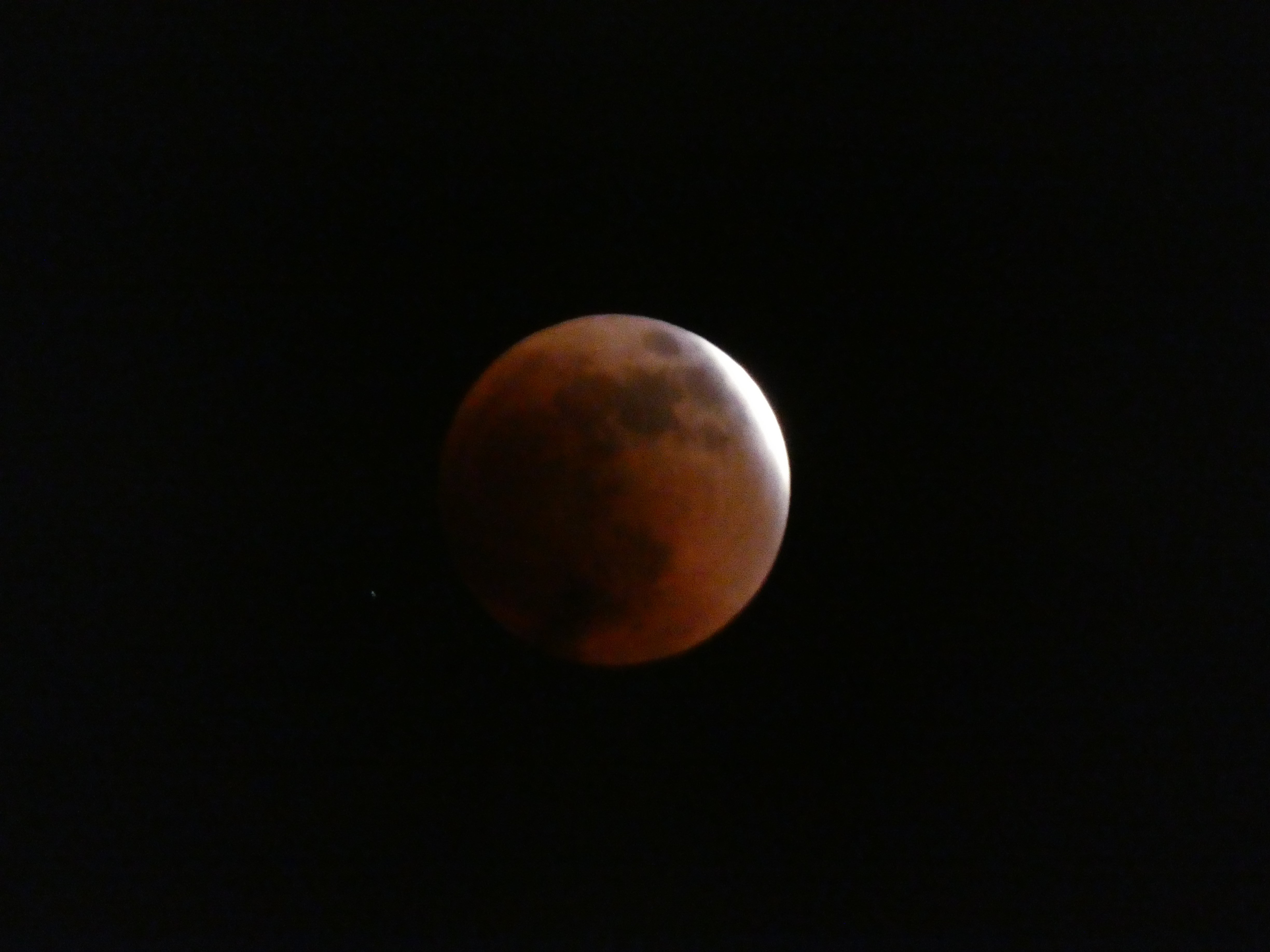
Central Texas, and most of the Western Hemisphere, was treated to a total lunar eclipse on Sunday night. A lunar eclipse occurs when the moon, in its orbit around the earth, passes through the earth’s shadow on the far side from the sun.
The moon does not go completely dark in a lunar eclipse, because enough sunlight is refracted by the earth’s atmosphere to partially illuminate the moon. The moon turns a dark red instead.
Because the plane of the moon’s orbit around the earth is slightly tilted compared to the plane of the earth’s orbit around the sun, a lunar eclipse does not occur every month. Instead it happens about once every 18 months. Everyone on the night side of the earth can see a lunar eclipse.
If you enjoyed tonight’s lunar eclipse, mark your calendar for April 8, 2024. A total solar eclipse is coming to Central Texas on that date. In a solar eclipse, the moon passes between the earth and the sun, briefly blocking the sun out of the sky. A solar eclipse, though, can be seen only in the path of totality, about 100 miles wide. In the April 2024 solar eclipse Brownwood will be just outside the path of totality, but still the moon will obscure more than 99% of the sun here. The sky will turn dark, and a few stars will appear like twilight, but it will be midday. It is an incredible natural phenomenon, and very few people get a chance to see a total solar eclipse in their lifetime. Make your plans for April 8, 2024. (To avoid damage to your eyes, special glasses are required for a solar eclipse.)